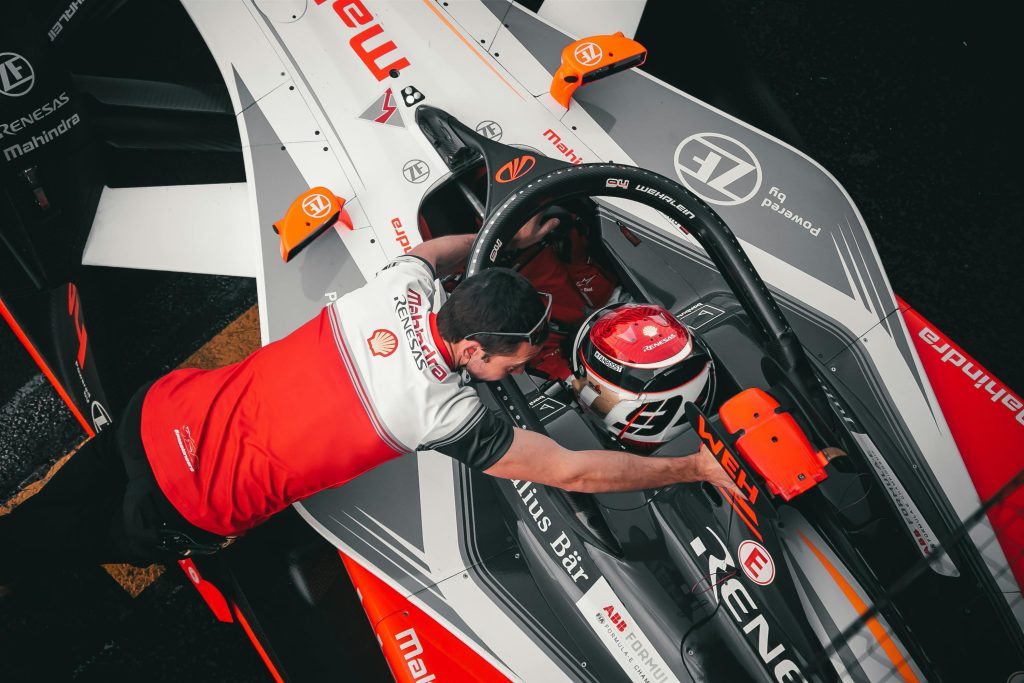The electric vehicle (EV) revolution is in full swing in India, and two homegrown automotive giants—Tata Motors and Mahindra & Mahindra—are at the forefront of this transformation. Both companies have made significant strides in the EV space, launching competitive models, investing in infrastructure, and pushing for sustainable mobility. But who is truly leading the EV race in India? Let’s dive into the details to find out.
Current EV Lineup: Tata vs Mahindra
When it comes to electric vehicles, Tata Motors has a clear head start. The company launched the Tata Nexon EV in 2020, which quickly became India’s best-selling electric SUV. Since then, Tata has expanded its portfolio with the Tigor EV and the recently unveiled Punch EV. The Nexon EV remains a market leader, thanks to its affordability, range, and strong brand trust.
Mahindra, on the other hand, entered the EV space later but with ambitious plans. The company launched the XUV400, an electric version of its popular XUV300, to compete directly with the Nexon EV. Mahindra has also teased upcoming models like the Born Electric SUVs (BE.05, BE.07, and BE.09), which promise cutting-edge design and performance. While Tata has more models on the road today, Mahindra’s future lineup looks promising.
Sales and Market Share
Tata Motors dominates India’s EV market with over 70% share as of 2023. The Nexon EV alone accounts for a significant portion of these sales, making Tata the undisputed leader in the passenger EV segment. The company’s aggressive pricing, government incentives, and widespread service network have contributed to its success.
Mahindra, meanwhile, is playing catch-up. The XUV400 has seen decent traction, but its sales are still a fraction of Tata’s. However, Mahindra is betting big on its upcoming Born Electric range, which could shake up the market in 2024 and beyond. The company has also secured substantial investments, including a $250 million infusion from British International Investment, to scale up its EV production.
Technology and Performance
Both Tata and Mahindra are leveraging advanced technologies to stay competitive. Tata’s Ziptron EV platform powers its current lineup, offering a claimed range of up to 453 km (for the Nexon EV Long Range). The company has also focused on fast-charging capabilities, with the Nexon EV supporting a 0-80% charge in under an hour.
Mahindra’s XUV400 boasts a slightly higher range of 456 km (MIDC), but real-world performance is comparable to Tata’s offerings. Where Mahindra stands out is its upcoming INGLO platform, which will underpin its Born Electric SUVs. This platform promises modularity, fast charging, and advanced connectivity features, potentially giving Mahindra an edge in the long run.
Charging Infrastructure and After-Sales Support
Tata Motors has partnered with Tata Power to build a robust charging network across India, with over 4,000 public chargers installed as of 2023. The company also offers home charging solutions and has a strong after-sales service network, which reassures buyers.
Mahindra is collaborating with Jio-BP to expand its charging infrastructure, but its network is still smaller than Tata’s. However, Mahindra’s existing dealership strength and service centers could help it bridge the gap as EV adoption grows.
Future Plans and Investments
Tata Motors isn’t resting on its laurels. The company plans to launch 10 new EVs by 2025, including electric versions of the Harrier and Sierra. It’s also investing heavily in battery manufacturing and localizing supply chains to reduce costs.
Mahindra, meanwhile, has committed over $1 billion to its EV business. The Born Electric SUVs, set to launch between 2024 and 2026, will be crucial in determining Mahindra’s position in the EV race. The company is also exploring partnerships for battery technology and software development to stay ahead.
Conclusion
As of now, Tata Motors is undeniably leading the EV race in India, thanks to its early mover advantage, strong sales, and widespread infrastructure. However, Mahindra is gearing up for a fierce comeback with its upcoming Born Electric lineup and substantial investments. The battle between these two automotive giants is far from over, and the next few years will be decisive in determining who emerges as the ultimate leader in India’s EV revolution. For consumers, this competition means more choices, better technology, and faster adoption of electric mobility.
